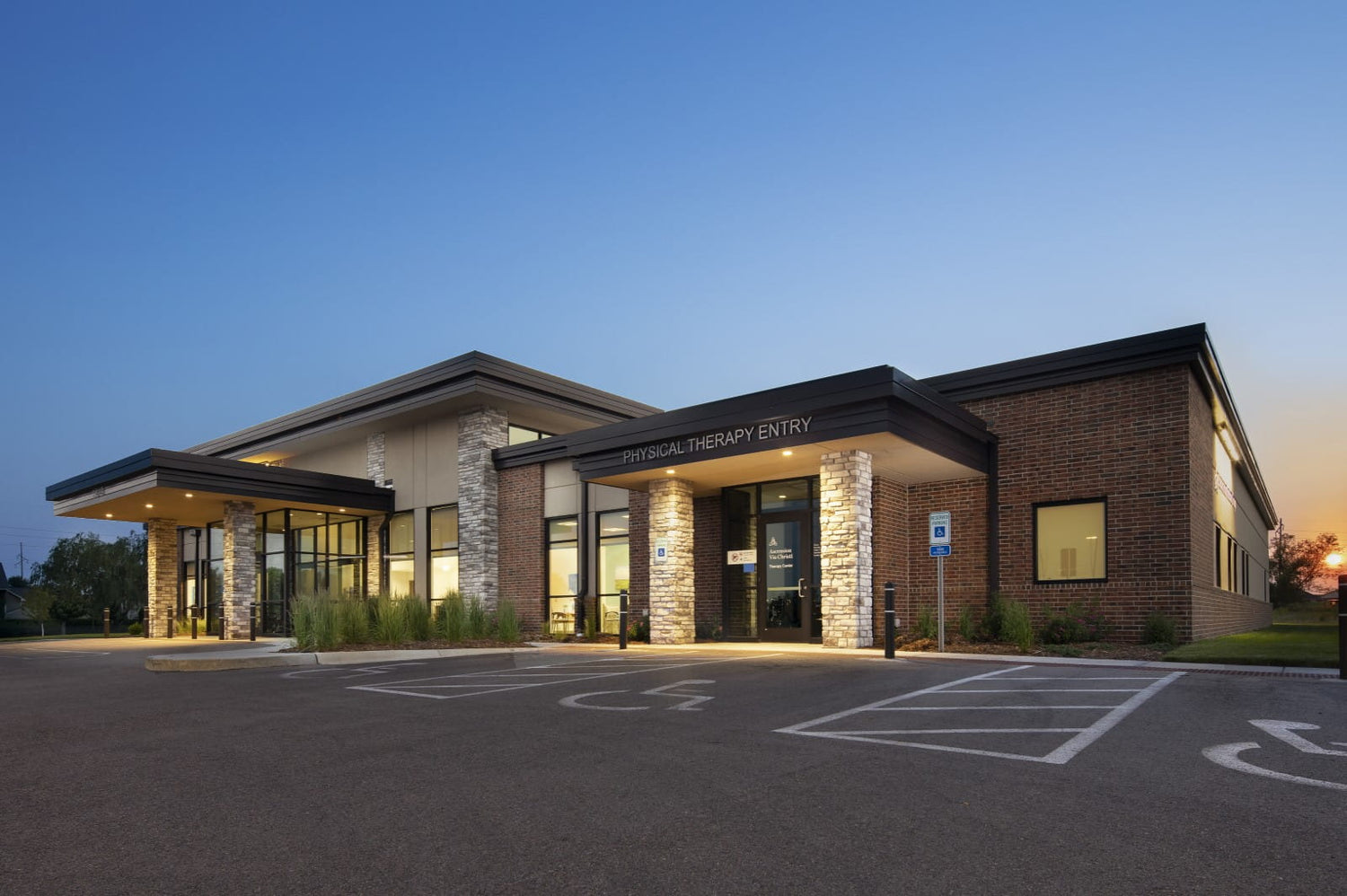
What if one decision could protect—or destroy—$50 million in wealth?
That’s the question Rod Khleif had to answer the hard way. At the height of his career, he built one of the nation’s largest multifamily portfolios… only to lose it all in the 2008 crash. The staggering $50M loss could have ended his journey—but instead, it became the foundation of his comeback. Today, Rod is a respected investor, educator, and host of one of the largest commercial real estate podcasts in the world.
Matt Aitchison sits down with Rod to uncover not just what went wrong in past cycles, but how today’s challenges—rising expenses, crushing debt, flat rents—are setting up the best buying opportunities in decades.
This blog breaks down Rod’s hard-earned lessons, the strategies he’s teaching thousands of investors, and the plays that could turn today’s market turbulence into tomorrow’s wealth.
Key Takeaways
- 💸 The $50M mistake Rod made—and the timeless lesson every investor must learn.
- 🔥 Why adjustable-rate bridge debt turned 2021’s “deals of the decade” into today’s disasters.
- 🏚️ How creative value-add moves like parking fees and cable contracts instantly add millions.
- 🧑⚕️ Why senior housing is the most overlooked tsunami of opportunity in real estate.
- 📉 How to underwrite conservatively in an era of rising OPEX and flat rents.
- 🛠️ Rod’s proven playbook for investors at every level—whether you’re buying your first duplex or syndicating 200+ units.
Lessons Forged in Loss
Rod doesn’t speak theory—he speaks from scars. In 2008, despite only being leveraged at 30%, his empire crumbled because his portfolio was weighted with single-family homes. The apartments held steady with a modest 11% dip, but cross-collateralization dragged everything down.
That’s when he learned the golden rule: net worth looks good on paper, but only cash flow keeps you alive.
👉 Investor Playbook:
- Beginners: Buy for cash flow, not speculation.
- Intermediates: Always stress-test deals—model higher interest rates, lower occupancy, and rising expenses.
- Advanced: Maintain liquidity reserves covering 6–12 months of operating expenses. It’s boring until it saves your business.
The Multifamily Debt Trap
Fast forward to today, and history is rhyming. Many operators who bought in 2021–2022 are in deep trouble—not because they bought bad assets, but because they financed them with short-term, adjustable-rate bridge loans.
Back then, debt at 3% made deals look golden. Now those same loans reset at 8–9%, instantly turning profitable assets into negative cash flow machines. Even elite operators with jets and track records are defaulting.
👉 Investor Playbook:
- Beginners: Stick with fixed-rate, agency-backed loans when possible.
- Intermediates: If bridge debt is necessary, pair it with large reserves and multiple exit options.
- Advanced: Structure deals creatively—seller financing, seller equity rollovers, or secondary notes to minimize investor exposure.
Turning Expenses Into Income
Rod tells a story about a San Antonio property where his team simply numbered parking spaces and offered tenants reserved spots for $25/month. Over 100 tenants signed up. That tiny $25 line item added $750,000 in property value overnight—all from a bucket of paint paid for by the towing company.
That’s the magic of value-add: small operational tweaks can compound into massive equity creation.
Other strategies? Bulk cable contracts, washer/dryer rentals, tenant insurance participation, and tech packages. Each one feeds directly into NOI, which multiplies through cap rate math.
👉 Investor Playbook:
- Beginners: Start with quick wins like storage or parking fees.
- Intermediates: Audit every vendor contract annually—trash, landscaping, insurance—and put them out to bid.
- Advanced: Layer multiple revenue streams for exponential NOI growth. Think beyond rent.
Senior Housing: The Silver Tsunami
When Rod talks about opportunity, his eyes light up at one asset class: senior housing.
Every day, 10,000 baby boomers turn 65. By 2030, seniors will make up 20% of the U.S. population. The demand for assisted living, memory care, and senior-friendly communities will outstrip supply for decades. Rod calls it the “silver tsunami”—and he’s gearing up to ride it.
Mobile home parks offer another parallel: affordable, recession-resistant housing in a scarce asset class. Both sectors have long runways of demand, institutional interest, and outsized returns.
👉 Investor Playbook:
- Beginners: Research local demographics. Where are aging populations growing fastest?
- Intermediates: Partner with experienced senior housing operators—this isn’t DIY territory.
- Advanced: Pursue portfolio acquisitions to position for institutional exits.
Real-Life Wins (Proof in Action)
Rod’s community of students—265,000+ units owned collectively—prove these strategies work.
- 🎯 One investor scaled from 2 doors to 12 doors in 18 months by applying conservative underwriting and creative financing.
- 🎯 Another turned a simple paint job into $750K in instant equity through parking fees.
These aren’t theory. They’re real-world wins in today’s tough market.
Conclusion: Authority + Next Steps
The multifamily market is under stress. Expenses are up, rents are flat, debt is crushing, and defaults are rising. But as Rod reminds us:
“With crisis comes opportunity. This could be the greatest wealth transfer of our lifetimes.”
The Expert Edge:
- Over $1 trillion in CRE debt matures by 2026 (NAREIT).
- Senior housing demand will double by 2030 (U.S. Census).
- Brokers are more flexible than they’ve been in years, as transaction volume has dropped nearly 90% (CBRE).
For new investors, this is the time to get educated and take action. For operators, it’s the time to go all-in on asset management and investor communication.
Stay Connected & Learn More
🎧 Listen to the full podcast episode here: LINK
👁️ Watch the full episode here: LINK
📩 Be part of the discussion! Join our Facebook group: LINK
📅 Book a coaching call w/ Matt Aitchison: LINK
🚀 Enroll in our EXPERT-led courses: LINK
 Commercial Real Estate Investing
Commercial Real Estate Investing
The Future of Passive Real Estate: Why Mobile Homes, Flex Space & Data Centers Win | Jonathan Tuttle
 Commercial Real Estate Investing
Commercial Real Estate Investing
Dave Wolcott’s 5-Phase Holistic Wealth Strategy for Financial Freedom
 Commercial Real Estate Investing
Commercial Real Estate Investing



